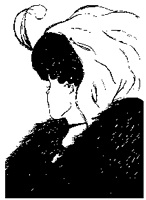Jundo!
Brief question if I may?
I understand the use of Koans.
However, most of our practice is shikantaza.
Am I correct to think that these are two separate entities, and that they stand on their own merits?
That koan practice although may be a useful tool to some, has NOTHING to do with shikantaza?
I think that if our practice is sitting shikantaza, that koan practice would be useless?
Gassho
Koki
Sent from my iPad using Tapatalk




 Reply With Quote
Reply With Quote





 .
.




 .
.

